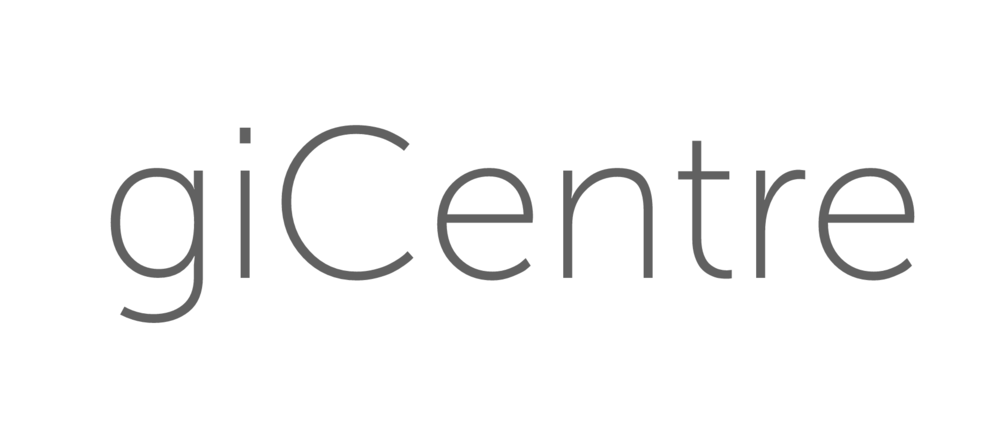LINKöPING CCA DISCUSSION >>
>> Key Things that Users, Designers and Developers Need to Figure Out!
- Which parts of screen do you want to use
- How do you want to configure those parts (projection)
- Which data do you want to put in each?
- How do you want to configure characteristics of marks to show characteristics of data
- Linking - how does this work ..
- marks within (containment, connection)
- views between (selection, zoom, pan, highlighting)
- relationships between marks within (data & relationships - contain and connect) and views
- combinations of marks - things like document cards - need to be views (have interactions on them) and to be part of views.
>> Evaluation
giCentre needs to be involved in developing approaches that provide feedback on degree to which user stories *might* be addressed by prototypes and use prototypes to get users thinking about requirements more fully. JD has mentioned to i-Intelligence and AES and who lead WP13
JD to provide some kind of plan here ...
>> Influences / Things to Consider ...
- Scented Widgets - when widgets become data (and vice versa) - interface elements that contain graphical clues (Willets et al, 2007). We may just use visual idioms as selection mechanisms - as in panoramicData at VIS (Zgraggen et al, 2014).
- Vega - an exciting visualization grammar that uses JSON to generate interactive vis in HTML5 Canvas or SVG from Jeff Heer and colleagues at the Interactive Data Lab at UW. Something we should certainly consider.
- Mondrian - still the smoothest example of linked windows and brushing around, with sophisticated selection sequences. Use this a lot and get to know it if you want to do good vis. Martin Theus' software typifies the kinds of paired down encoding and highly interactive linking that should form the basis of our interactions
- A Tour Through the Visualization Zoo - Heer and Bostock describe mappings between data and visual encoding characteristics as the DNA of visualization in an HTML paper from ACM Queue (Heer et al. 2010),
- DIVA - video and paper in which we describe ways of recording states as annotated bookmarks for provenance (Walker et al., 2010) - much in the way that Jeff Heer did in sense.us through URLs. Alex Kachkaev (Kachaev et al, 2014) does this in his ResponseGlyphs too. Seems like good practice?
>> VALCRI
- Encourage imagination
- Enable Insight
- Transparency
- Interact with Fluidity and Rigour.
